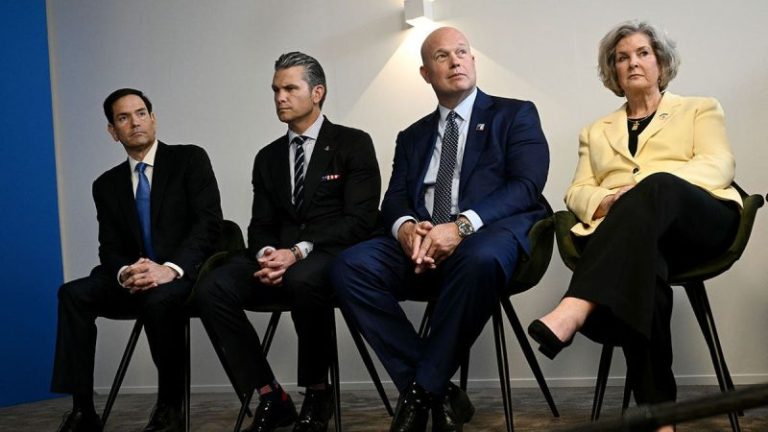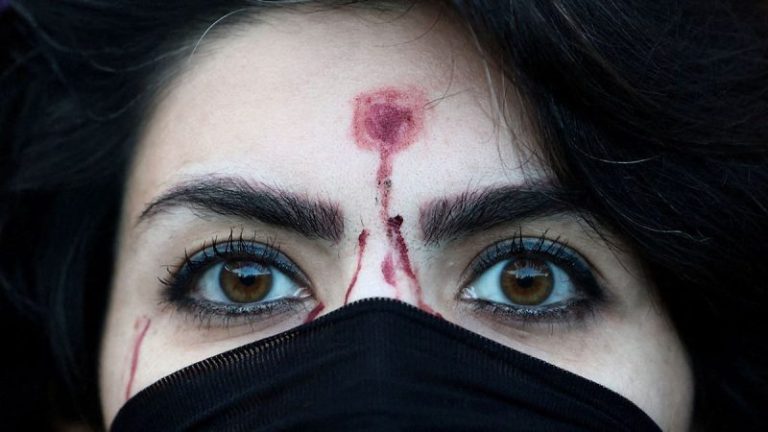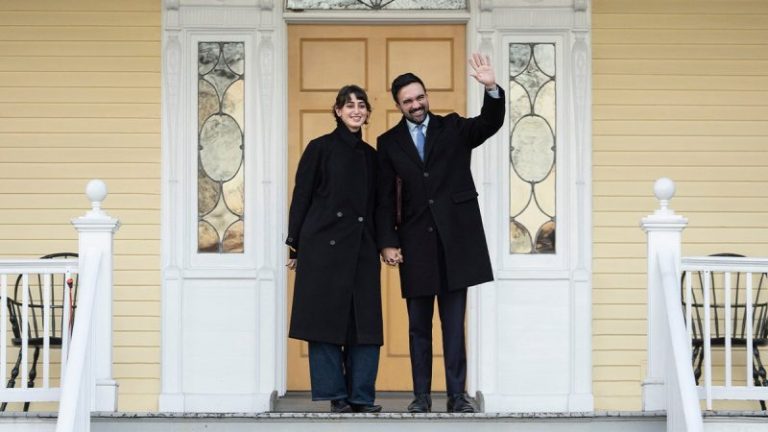In an exclusive interview with Fox News Digital, U.S. ambassador to NATO Matthew Whitaker pushed back against growing European backlash over Washington’s focus on Greenland after France announced new military exercises with Denmark, saying Arctic security is a core American defense interest and that Europe ‘has a tendency to overreact.’
Asked whether the dispute reflects American pressure or European inaction, Whitaker said, ‘This is ultimately an issue between the United States, Denmark and Greenland.’
Whitaker said Greenland’s importance has been clear for years as the ice melts, it reshapes the Arctic and opens new routes. ‘The security of the high north, which I’ve talked about a lot before this ever happened, is the most important issue,’ he said. ‘As the ice thaws and as routes open up in the Arctic, Arctic security, and therefore the security of Greenland, which is the northern flank of the continental United States, is crucial.’
He stressed that Greenland’s location makes it central to U.S. defense planning. ‘If you think about Greenland as part of the access to the naval assets, that monitoring and awareness and fortification of that part of the Western Hemisphere is crucial for the long-term security of the United States,’ Whitaker said.
Whitaker said recent diplomacy shows the issue can be addressed without escalation. ‘I know that a very successful meeting happened between the Danes and Greenland and Vice President Vance and Secretary of State Rubio, so I think it’s going to be constructive,’ he said.
Still, he cautioned European allies against inflaming tensions. ‘Europe sometimes has a tendency to overreact anytime that an issue is put out on the table,’ Whitaker said. ‘This is one of those things where cooler heads need to prevail.’
US COMMANDER SAYS RUSSIA AND CHINA’S ARCTIC PATROLS ARE ‘NOT FOR PEACEFUL PURPOSES’
NATO, deterrence and the ‘Reagan spirit’
Speaking from the Ronald Reagan Presidential Library, Whitaker used Reagan’s ‘peace through strength’ doctrine as justification for pushing NATO allies to spend more and move faster.
‘The most important thing that we’re doing at NATO is, one, the United States is strong. Nobody denies that. We have demonstrated through Midnight Hammer, through what we did in Venezuela and elsewhere, that the United States is capable and can project power. We want all of our allies inside of NATO to be equally as strong, and they’re not at this point in time,’ he said.
He added, ‘Some of them have certainly become more capable, and that’s why you can’t just paint with a broad brush when it comes to all of our NATO allies. But there are some that are not.’
‘Europe and the EU are going to have to untie their hands from behind their back,’ he continued. ‘They’re going to have to deregulate, they are going to have to find more capital and economic growth, because at the end of the day, that’s what’s going to allow them to live up to the promises they’ve made to increase their defense spending and therefore their defense capabilities.’
He said, ‘One of the things that I’m talking about constantly with our friends downtown in the EU,’ Whitaker added, ‘is that they have to get their economy going, and there are proven, tried-and-true ways to do it.’
Whitaker said his top priority is ensuring NATO allies follow through on the major defense commitments agreed to last year in The Hague.
‘This is number one on my list right now,’ he said, ‘making sure that the political commitments we made in The Hague turn into real military capabilities at NATO.’
He said proximity to Russia has shaped how seriously countries take the threat.
‘You look at the Baltic countries like Latvia, Lithuania and Estonia, and you look at the Nordic countries… they’re very aware of the threats that Russia [poses],’ Whitaker said, citing Russia’s 2014 annexation of Crimea and its 2022 invasion of Ukraine.
Poland, he added, stands out. ‘Poland is clear-eyed,’ Whitaker said. ‘They’re gonna spend over 5% on core defense in the coming year or two.’
Others, he said, are still lagging. ‘I keep a dashboard, a one-page dashboard on my desk that is updated regularly,’ Whitaker said. ‘It’s too soon to tell.’ ‘It has to be on capabilities,’ he said. ‘It has to make them stronger, ready to fight tonight.’
‘President Trump announced a $1.5 trillion defense budget,’ Whitaker said. ‘We’ve demonstrated our capabilities that nobody else can match right now.’
‘I’m here at the Reagan Library, and it reminds me, Ronald Reagan really was able to put those policies in place to spur growth,’ Whitaker said. ‘President Trump certainly has followed that same tradition, to unleash the American entrepreneur, unleash American innovation, and get out of the way, get the regulations out of the way so that American companies can grow and prosper.’
As NATO moves forward, Whitaker said pressure on allies will remain. ‘We’re asking our European and Canadian allies to do more,’ he said. ‘So far, so good.’










